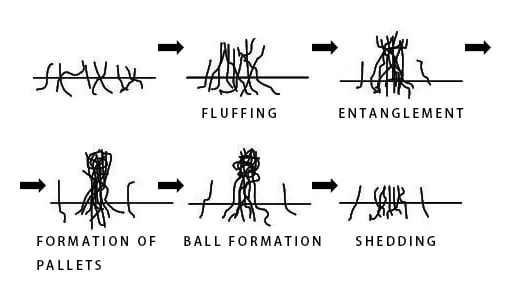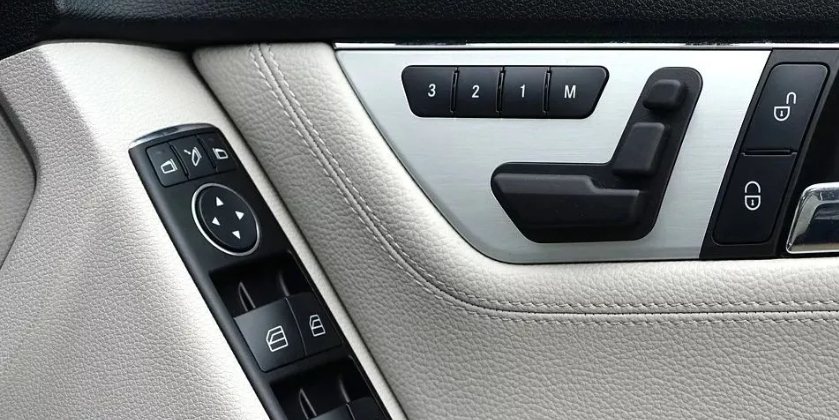Blister packaging is a modern packaging method that is popular in various industries including food, pharmaceuticals, electronics and consumer goods. It involves heating a plastic sheet to a pliable molding temperature, shaping it into a specific shape in a mold, and then trimming it to form a usable product.
Blister packaging has many significant advantages over traditional packaging materials. In this article, Wuxi Hanhui New Material Technology will conduct a comparative analysis of blister packaging and traditional packaging materials in terms of performance, cost, environmental protection and application, highlighting the advantages of our innovative packaging solutions.

1. Blister packaging materials have excellent performance. It can be customized according to the product shape and can perfectly adapt to the packaging needs of different products. In addition, blister materials have high pressure resistance and impact resistance, which can protect products from damage during transportation and storage. Traditional packaging materials, such as cartons and paper bags, often cannot provide such protection, which can easily affect the integrity of the packaging.
2. Blister packaging materials have lower cost. The manufacturing process of blister materials is simple, the production efficiency is high, and the cost of raw materials required is relatively low. In comparison, the manufacturing and processing costs of traditional packaging materials are higher. Especially for larger-scale production, blister packaging can save costs.
3. Blister packaging usually includes a transparent part so that consumers can see the product inside. This is a significant advantage in a retail environment, as product visibility can influence purchasing decisions. Traditional packaging methods, on the other hand, often hide the product completely.
4. Blister packaging materials are environmentally friendly. Blister materials can be recycled and reused, avoiding the waste of resources. For traditional packaging materials, such as paper and cardboard, their production and processing processes have a greater impact on the environment. In addition, blister materials can reduce the weight and volume of packaging, save energy and transportation costs, and reduce carbon dioxide emissions during the logistics process.
5. Blister packaging materials have a wide range of applications. Due to its flexibility and durability, blister packaging is suitable for product packaging in a variety of different industries, including food, medicine, electronics, cosmetics, and more. Compared with traditional packaging materials, blister materials can provide better protection and display effects, enhancing the market competitiveness of products.
To sum up, blister packaging materials have various advantages over traditional packaging materials, including excellent performance, low cost, environmental friendliness and a wide range of applications. With the continuous development and improvement of blister technology, blister packaging materials will continue to play an important role in the future and be more widely used in multiple industries.
Blister packaging manufacturer - Wuxi Hanhui New Material Technology
As a leading manufacturer in this field, Wuxi Hanhui New Material Technology is proud to be at the forefront of this packaging revolution. At Wuxi Hanhui New Material Technology, we are committed to providing innovative, high-quality blister packaging solutions. Our state-of-the-art technology and experienced team enable us to provide products that meet each customer's unique needs. We believe thermoformed packaging is the future of packaging and offers superior advantages over traditional methods.
We hope this blog post provides you with valuable insights into the benefits of thermoformed packaging. If you have any questions or would like to learn more about our products and services, please feel free to contact us.
lena
Trueland1589@outlook.com


